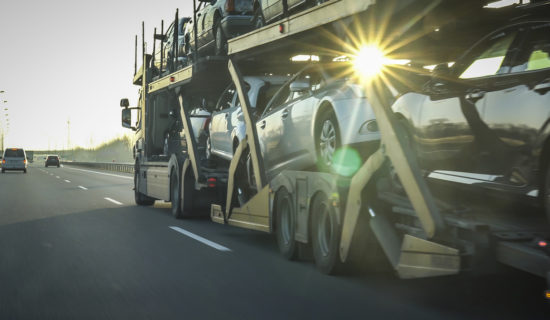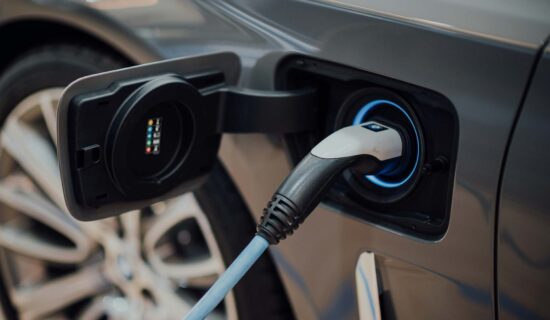Decide Whether to Drive the Car Yourself or Ship It With an Auto Transport Company
By far, you understand that, with moving your car to another state, you have two main options: driving yourself or shipping your vehicle with a company. Factors like distance, time, cost, and conditions will heavily influence this decision.
For example, the distance you have to travel can be a major factor. If it’s short, driving the car yourself may be a more convenient and cost-effective option. However, if the distance is long, shipping the car with a company may be safer and more efficient.
Driving can also take a while, especially if you make frequent stops or encounter traffic. But you don’t have to read tips for driving at night or invest in a driverless car to be clever – shipping it with a company can save you time and allow you to focus on other aspects of the move.
Many people worry about costs. The cost of driving yourself can add up quickly, especially if you must pay for gas, food, lodging, and other expenses. A company can be more expensive upfront but save you money in the long run.
People often neglect the car’s condition as part of the equation. But, if your car is in good condition and can handle a long drive, driving yourself may be a good option. However, if it’s older or has mechanical issues, shipping it with a company is safer.
Ultimately, the decision may come down to personal preference. Consider your comfort level with driving long distances and any logistical challenges that may arise.










